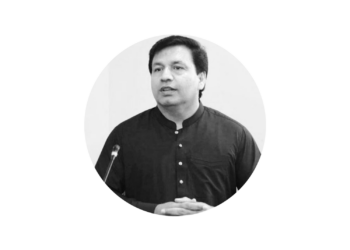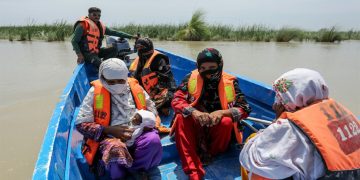Pakistan’s struggle with pollution is a tale of urban growth, industrialization, and environmental oversight. Despite concerted efforts, Pakistan retained its unenviable position as one of the globe’s top three smog-ridden countries in 2023, witnessing air quality metrics well above the safety thresholds set by the World Health Organization (WHO).
With PM2.5 levels soaring to an alarming average of 73.7 micrograms, significantly surpassing the WHO’s recommended limit of 5 micrograms, Pakistan grapples with a severe public health crisis. The WHO underscores that worldwide, air pollution exacts a staggering toll, particularly impacting populations in low and middle-income nations due to heightened exposure to harmful pollutants.
In South Asia, approximately 12 million children face dire health risks, enduring air pollution levels six times beyond safe bounds, as highlighted by a UNICEF report. Shockingly, air pollution in Pakistan claims the lives of one in every ten children under the age of five, underscoring the urgency of addressing this pressing issue.
The cities, cloaked in smog, bear the brunt of this environmental crisis, affecting millions with respiratory and cardiovascular diseases. The particulate matter, primarily PM2.5, is a silent predator, stemming from vehicular emissions, industrial activities, and agricultural practices like stubble burning.
The country’s geography exacerbates the situation, as the pollutants find themselves trapped, unable to disperse, leading to hazardous air quality levels. Pakistan’s air pollution narrative transcends mere health concerns; it serves as a rallying cry for immediate policy reforms, public awareness, and international cooperation to breathe life back into its cities and safeguard the health of its people.





























